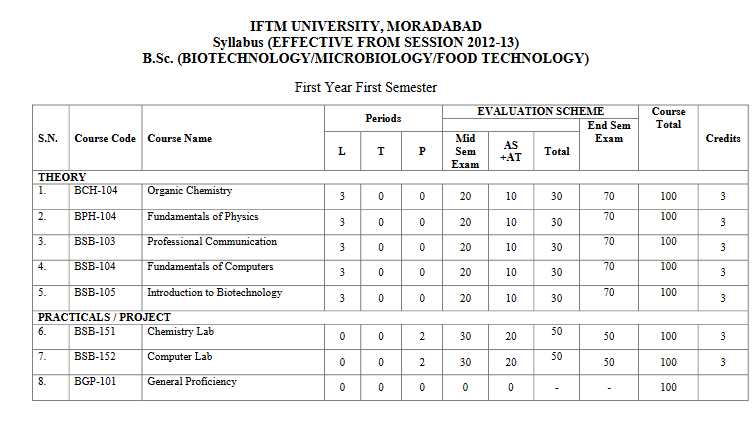Advanced Inorganic Chemistry Books Free Download Pdf
Get Textbooks on Google Play. Rent and save from the world's largest eBookstore. Read, highlight, and take notes, across web, tablet, and phone.
For more than a quarter century, Cotton and Wilkinson's Advanced Inorganic Chemistry has been the source that students and professional chemists have turned to for the background needed to understand current research literature in inorganic chemistry and aspects of organometallic chemistry. Like its predecessors, this updated Sixth Edition is organized around the periodic table of elements and provides a systematic treatment of the chemistry of all chemical elements and their compounds. It incorporates important recent developments with an emphasis on advances in the interpretation of structure, bonding, and reactivity. From the reviews of the Fifth Edition: * 'The first place to go when seeking general information about the chemistry of a particular element, especially when up-to-date, authoritative information is desired.' -Journal of the American Chemical Society.


* 'Every student with a serious interest in inorganic chemistry should have [this book].' -Journal of Chemical Education.
* 'A mine of information... An invaluable guide.' * 'The standard by which all other inorganic chemistry books are judged.'
-Nouveau Journal de Chimie. * 'A masterly overview of the chemistry of the elements.' -The Times of London Higher Education Supplement.
* 'A bonanza of information on important results and developments which could otherwise easily be overlooked in the general deluge of publications.' -Angewandte Chemie. ALBERT COTTON, PhD, is a professor in the Department of Chemistry at Texas A&M University. SIR GEOFFREY WILKINSON, PhD (deceased), was a professor in the Department of Chemistry at the Imperial College of Science, Technology, and Medicine in London, United Kingdom.
MURILLO, PhD, is a professor in the Department of Chemistry at the University of Costa Rica and an adjunct pro- fessor in the Department of Chemistry at Texas A&M University. MANFRED BOCHMANN, PhD, is a professor in the School of Chemistry at the University of Leeds, United Kingdom.
Advanced Inorganic Chemistry: Applications in Everyday Life connects key topics on the subject with actual experiences in nature and everyday life. Differing from other foundational texts with this emphasis on applications and examples, the text uniquely begins with a focus on the shapes (geometry) dictating intermolecular forces of attractions, leading to reactivity between molecules of different shapes. From this foundation, the text explores more advanced topics, such as: Ligands and Ligand Substitution Processes with an emphasis on Square-Planar Substitution and Octahedral Substitution Reactions in Inorganic Chemistry and Transition Metal Complexes, with a particular focus on Crystal-Field and Ligand-Field Theories, Electronic States and Spectra and Organometallic, Bioinorganic Compounds, including Carboranes and Metallacarboranes and their applications in Catalysis, Medicine and Pollution Control. Throughout the book, illustrative examples bring inorganic chemistry to life.
For instance, biochemists and students will be interested in how coordination chemistry between the transition metals and the ligands has a direct correlation with cyanide or carbon monoxide poisoning (strong-field Cyanide or CO ligand versus weak-field Oxygen molecule). Key Features. Foundations: Concepts in Chemical Bonding and Stereochemistry Chapter 1. Electronic Structure: Quantum Theory Revisited • 1. Introduction: Why Do We Need to Know Quantum Theory? Quantum Mechanical Description of the Hydrogen Atom Chapter 2.
Molecular Geometries • 1. Microsoft Office 2007 Free Download Full Version Rar. Introduction: Why Do We Need to Know Molecular Geometries or Shapes of Molecules? Shapes of Molecules—Valence Shell Electron Pair Repulsion (VSEPR) Model • 3. Nonrigid Shapes of Molecules (Stereochemistry) Chapter 3. Molecular Symmetry—Part I: Point Group Assignment • 1. Introduction: Is It Necessary to Learn Molecular Symmetry?
Elements of Symmetry • 3. Point Groups Chapter 4. Group Theory: Matrix Representation and Character Tables • 1. Introduction: Is It Necessary to Learn Group Theory? Other Properties of Symmetry Operations • 3. Applications to Molecular Structure and Properties • 4.
Examples of Other Structures • 5. Molecular Spectroscopy Part 2. Advanced Topics-1: Introduction to Ligands and Metal Complexes Chapter 5.
Ligands and d-Block Metal Complexes • 1. Introduction: Is It Necessary to Know About Ligands and Metal Complexes? Transition Metals • 3. Nomenclature of Coordination Compounds • 4.
Isomerism in Coordination Compounds Chapter 6. Review of Bonding Theories for d-Block Metal Complexes • 1. Introduction: Why Bonding Theories of Metal Complexes Are Important? Valence Bond Theory • 3. Crystal Field Theory • 4.
Molecular Orbital Theory Chapter 7. Coordination Chemistry: Reaction Mechanisms and Their Influencing Factors • 1. Introduction: What Makes Coordination Chemistry Interesting?
Modes of Substitution Reaction Mechanisms • 3. Complications Involving Metal Complexes • 4. Activation Parameters • 5.
Examples of Different Coordination Numbers With Geometries and Factors Influencing Reaction Mechanism Part 3. Advanced Topics-2: Electronic Spectra, Clusters & Isolobal Fragments Chapter 8. Coordination Chemistry: Electronic Spectra • 1.
Introduction: Why Do We Need to Learn Electronic Spectra? Vicente Fernandez Primera Fila Dvd Full Torrent. Electronic Spectra • 3. Tanabe–Sugano Diagrams • 4.
Charge Transfer Spectra Chapter 9. Cluster Chemistry and Isolobal Fragments • 1. Introduction: Role of Cluster Chemistry in Nature • 2. Clusters of Boranes, Carboranes, and Their Metal Complexes • 3. Clusters of Other Main Group Elements and Transition Metals • 4. Extension of Wade's Rules Beyond Boron Clusters Part 4.
Advanced Topics-3: Organometallic Chemistry and Catalysis Chapter 10. Organometallic Chemistry • 1. Introduction: What Is in Organometallic Chemistry? Definitions and Nomenclature of Organometallic Compounds • 3. Molecular Formulas and Structures of Organometallic Compounds Chapter 11. Catalysis With Organometallics • 1.
Introduction: What Is so Special About Catalytic Processes in Our Daily Life? Homogeneous Catalysts • 3. Hydrogenation Catalysts • 4. Other Catalytic Processes Part 5. Advanced Topics-4: Bioinorganic Chemistry and Applications Chapter 12. Bioinorganic Chemistry and Applications • 1. Introduction • 2.
History and Medical Relevance • 3. Transport and Storage of Metal Ions • 4. Oxygen Transport and Activation Proteins • 5.